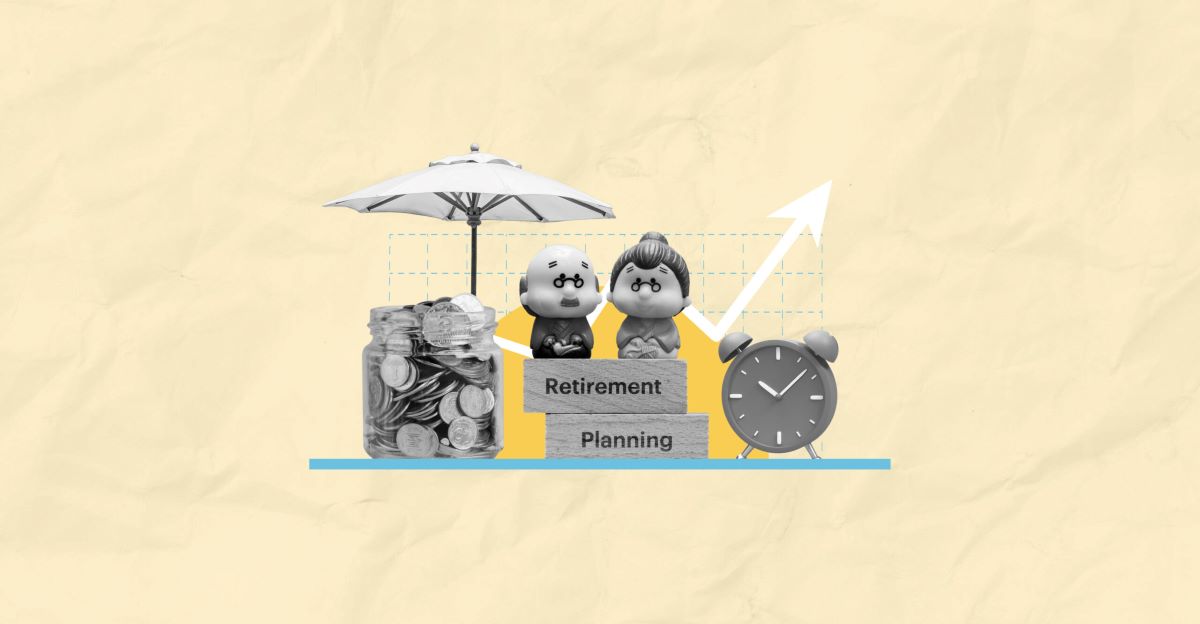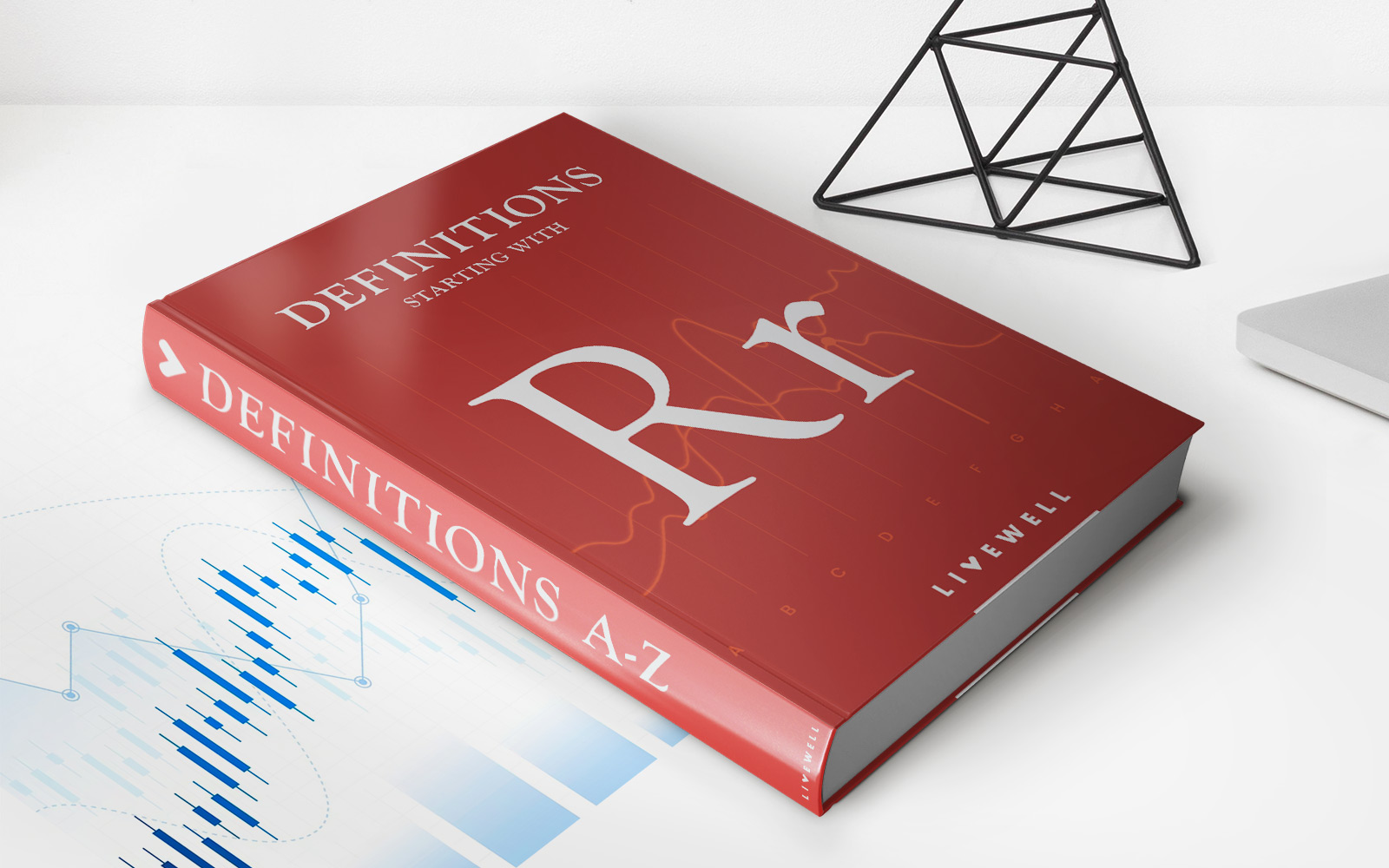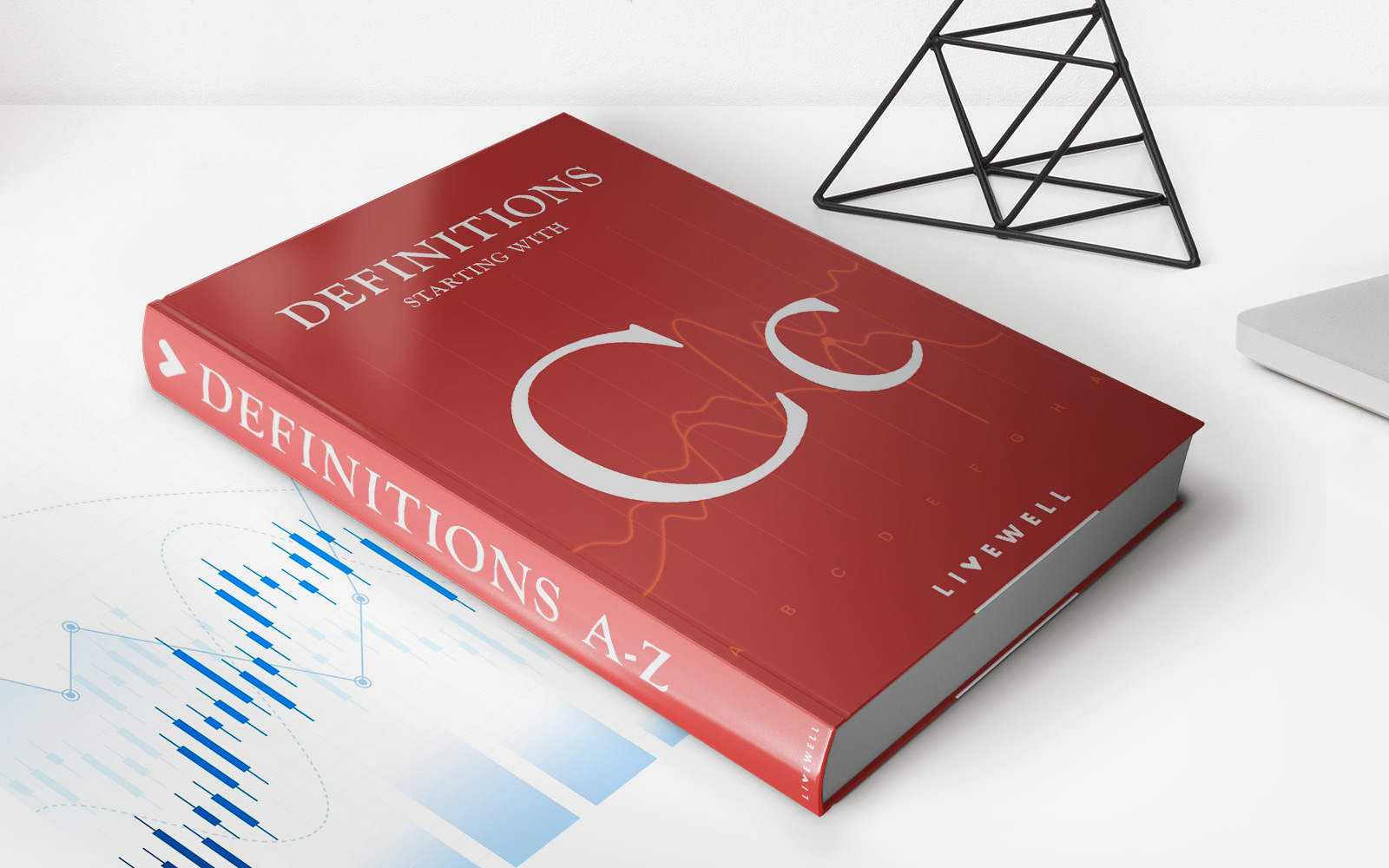Home>Finance>What Are The Three Biggest Pitfalls To Sound Retirement Planning?


Finance
What Are The Three Biggest Pitfalls To Sound Retirement Planning?
Published: January 21, 2024
Discover the three major obstacles to successful retirement planning and learn how to overcome them. Gain financial stability and security with expert advice on managing your finances.
(Many of the links in this article redirect to a specific reviewed product. Your purchase of these products through affiliate links helps to generate commission for LiveWell, at no extra cost. Learn more)
Table of Contents
Introduction
Retirement planning is a crucial aspect of personal finance that requires careful consideration and long-term thinking. However, many individuals make common mistakes that can jeopardize their financial security during retirement. It’s essential to identify and understand these pitfalls to avoid them and build a solid retirement plan.
In this article, we will discuss the three biggest pitfalls that individuals often encounter when planning for their retirement. These pitfalls include a lack of savings, underestimating expenses, and ignoring the impact of inflation. By recognizing and addressing these challenges, individuals can take the necessary steps to ensure a sound and secure retirement.
Nowadays, retirement is no longer a short transition period between work and enjoying the fruits of labor. With increasing life expectancies and changing economic landscapes, it has become a significant phase of life that requires careful financial planning to maintain the desired standard of living.
Let’s dive into the three biggest pitfalls to sound retirement planning.
Pitfall 1: Lack of Savings
One of the most common pitfalls in retirement planning is a lack of sufficient savings. Many individuals fail to save enough money to support themselves during retirement, leading to financial stress and compromised lifestyle in their golden years.
There are several reasons why people may find themselves in this predicament. Some individuals underestimate the amount of money they will need in retirement, while others face unexpected financial setbacks that hinder their ability to save. Additionally, some individuals may prioritize short-term spending over long-term savings, neglecting the importance of building a retirement nest egg.
It is crucial to start saving for retirement as early as possible. The power of compounding allows investments to grow over time, providing a solid financial foundation for the future. By consistently contributing to retirement accounts, such as a 401(k) or IRA, individuals can maximize their savings potential and take advantage of employer matching contributions, if available.
However, it’s never too late to start saving for retirement. It may require making adjustments to current lifestyle choices and spending habits. Individuals can consider downsizing their homes, cutting unnecessary expenses, and implementing a budget to increase their savings rate. Additionally, seeking guidance from a financial advisor can help develop a tailored savings plan and investment strategy.
Remember, the earlier you start saving for retirement, the more time your investments have to grow and compound. Even small contributions made consistently over time can make a significant impact on your retirement nest egg.
Pitfall 2: Underestimating Expenses
Another common pitfall in retirement planning is underestimating expenses. Many individuals fail to accurately anticipate their future expenses, which can lead to financial strain and potential depletion of retirement savings.
During retirement, expenses may differ from one’s working years. While some expenses, such as commuting costs and work-related expenses, may decrease, others, such as healthcare and leisure activities, may increase. It is crucial to carefully examine and estimate these expenses to ensure a comfortable and sustainable retirement.
One aspect often overlooked is healthcare expenses. As individuals age, healthcare costs tend to rise. It is important to account for insurance premiums, deductibles, copayments, and potential long-term care expenses. Failing to consider these factors can significantly impact one’s retirement budget.
Additionally, lifestyle choices and leisure activities should be taken into account. Many individuals find themselves spending more on travel, hobbies, and entertainment during retirement. It is crucial to factor in these expenses and include them in the overall retirement plan.
When estimating expenses, it’s important to consider inflation. Prices tend to rise over time, and failing to account for inflation can erode the purchasing power of retirement savings. By incorporating an inflation rate into financial projections, individuals can better anticipate their future expenses and adjust their savings accordingly.
One effective way to accurately estimate future expenses is to review current spending habits and identify areas that might change during retirement. Creating a detailed budget that takes into account both essential and discretionary expenses can provide a clearer picture of what to expect in retirement.
Ultimately, underestimating expenses can lead to financial shortfall in retirement. By taking the time to carefully assess and plan for potential expenses, individuals can ensure that their retirement savings will be sufficient to maintain their desired lifestyle.
Pitfall 3: Ignoring Inflation
One often underestimated pitfall in retirement planning is ignoring the impact of inflation. Inflation is the gradual increase in the cost of goods and services over time, resulting in the erosion of purchasing power. Failing to account for inflation can have detrimental effects on retirement savings and can leave individuals financially vulnerable.
During retirement, the effects of inflation can be particularly significant as expenses tend to increase over time. A dollar today will not have the same value in the future due to rising prices. Therefore, it’s crucial to consider inflation when projecting retirement expenses and income.
Ignoring inflation can lead to an underestimation of the amount of money needed for a comfortable retirement. Without adjusting for inflation, individuals may find that their fixed income, such as pensions or annuities, is not sufficient to cover rising expenses.
One effective way to counteract the effects of inflation is to invest in assets that have historically provided a hedge against inflation. This may include investing in stocks, real estate, or other inflation-protected securities. By diversifying one’s investment portfolio and considering inflation-resistant assets, individuals can help maintain the purchasing power of their savings over time.
Additionally, it’s important to periodically review and adjust retirement plans as inflation rates change. Regularly reassessing financial goals, adjusting savings contributions, and considering the impact of inflation can help individuals stay on track and mitigate the risks associated with inflation.
It’s worth noting that inflation rates can vary over time and across different countries and regions. Therefore, it is advisable to consult with a financial advisor or conduct thorough research to understand historical inflation rates and make informed decisions regarding retirement planning.
By staying vigilant and accounting for inflation in retirement planning, individuals can help protect their retirement savings and ensure a more comfortable financial future.
Conclusion
Retirement planning is a critical endeavor that can significantly impact one’s financial well-being in the future. By understanding and avoiding the three biggest pitfalls in retirement planning – lack of savings, underestimating expenses, and ignoring inflation – individuals can secure a sound and comfortable retirement.
Firstly, it is crucial to prioritize saving for retirement from an early age. Consistent contributions to retirement accounts can provide a solid financial foundation and take advantage of compounding growth. It’s never too late to start saving, but the earlier one begins, the more time there is to accumulate wealth.
Secondly, accurately estimating future expenses is essential. By considering healthcare costs, lifestyle choices, and accounting for inflation, individuals can develop a realistic budget and ensure their retirement savings are sufficient to support their desired quality of life.
Lastly, it is important to remember the impact of inflation. Ignoring inflation can erode the purchasing power of retirement savings over time. By investing in inflation-resistant assets and regularly reassessing retirement plans, individuals can protect their financial security from the effects of inflation.
Retirement should be a time of relaxation and enjoyment, free from financial worries. By avoiding these pitfalls and taking proactive steps towards sound retirement planning, individuals can create a financial roadmap that leads to a secure and fulfilling retirement.
Remember, seeking guidance from a financial advisor can provide personalized advice and help navigate the complexities of retirement planning. By being proactive and taking control of one’s finances, a comfortable and enjoyable retirement can become a reality.














